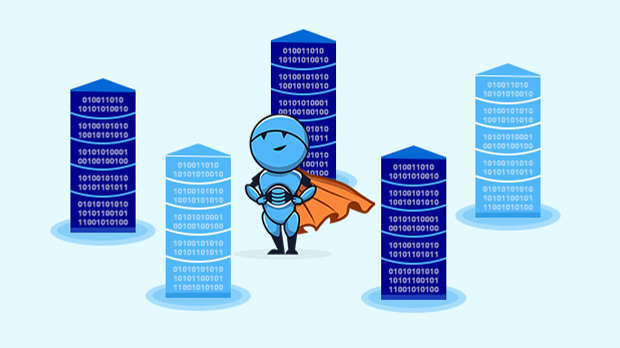A data silo is a collection of organizational information that is isolated from and inaccessible by other parts of the company. Organizations take pride in adapting to the latest market trends and ever-changing technology.
There’s always a healthy competition going on in businesses as who adopts to the most recent technology trend and sets steps as a pioneer. Platforms like Gartner, Forrester, and IDC set a path to such evolution. The statistics published till now prove this theory, and along with this, they provide a competitive edge to the companies to stay ahead in the technology race.
During this whole process, the data is stored and collected in various forms and ends up creating many standalone systems setups. This creates a few information silos.
A data or information silo is a collection of data related to either a department or some sensitive data group related to company policies. This data storage is made to ensure that the data being sensitive is not shared across the organization, and growing company data architecture is responsible for such data silos being stored in isolation and later ignored as time passes by.
Most common silos develop in 4 business functions
- Production- Mainly production plants and their functions come under this umbrella.
- Operations- the processes and their management falls into the Operations category.
- Sales- Takes care of Selling, maintaining customer relations, and meeting market demand trends.
- Audit and Accounting- Invoices and incoming and outgoing payments are handled by this team.
These four teams generally don’t interact with each other; neither do they need to exchange complete data maintained except for Orders related to material flow.

Disadvantages of data silos
- Lack of easy access to data.
- Data redundancy and wastage of storage space.
- No knowledge of what level and amount of data are actually available.
- It’s a hurdle in harmonization and analytics.
- The data matching across different teams becomes an issue since there’s no compatibility and collaboration is tough.
- The concept of big data is based on a consistent harmonized data layer, but data silos restrict the analysis to be able to extract insights that can benefit and improve business processes.
- Silos create hurdles in customer relations as well.
- The accuracy of data cannot be 100% due to data silos.
Ways to deal with data silos
- The teams need to maintain and update high-quality data.
- The whole organization needs to adapt to the way they store and maintain the data.
- The next step would be having a consistent harmonized singular layer of data to improve data accuracy.
- Many integration software is available to integrate the silos into the rest of the data storage.
- Frequent archiving techniques and removal of unnecessary data storage, integration schedules, and cleaning up memory space is very cost-efficient and enhances the life of databases or servers.
- The company’s approach towards project execution should align with the end goal of making applications compatible with each other.

Data silos affect your team, customers, and your business vision, so it’s a real headache. To harvest the full benefits of data analysis, organizations need a 360-degree view of their data in order to get an enterprise-wide view of hidden opportunities. And fortunately, there are ways to use technology to prevent it. Sign up for a free trial of Daton today!!













